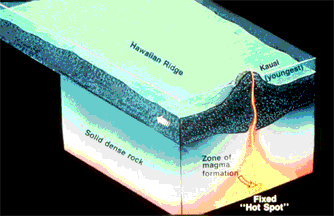This is a drawing of how a hot spot under the crust builds land on the surface.
Click on image for full size
Image copyright 1997 by the American Geophysical Union. Further electronic distribution is not allowed.
Plume Volcanism
This drawing shows another way that islands are made. A rising hot bubble of material finds it's way into the crust of the Earth from the deep interior, and begins to erupt. This bubble or "plume" is called a "hot spot". Lava from the eruption turns to layers of rock and builds a volcanic "cone". Continual eruptions eventually build a whole island on the surface, with a volcano in the middle.
A similar process built the Tharsis Ridge of Marsand many volcanic rises on Venus. The volcanoes of Mars which were built this way became *very* large.
You might also be interested in:
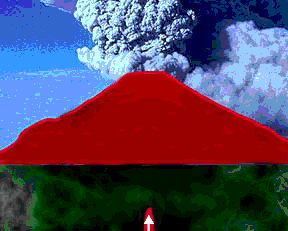
Volcanoes form when hot material from below risesand leaks into the crust. The hot material, called magma, rising from lower ground, gathers in a reservoir called the magma chamber. Eventually, but not
...more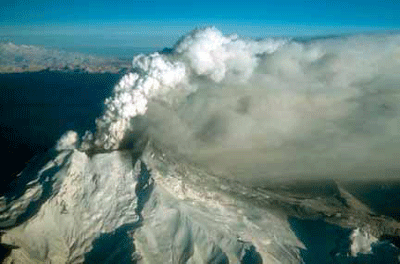
Ash is formed as a volcano erupts when rocks made by the volcano blow apart into millions of tiny pieces. The rocks are still very hot, because they just formed from lava. If the hot rocks come into contact
...more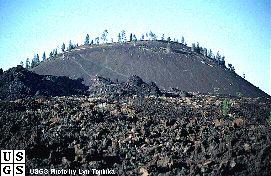
Cinder cones are simple volcanoes which have a cone shape and are not very big. Compare the size of this volcano to the strato-volcano in this image. They are usually made of piles of lava, not ash. During
...more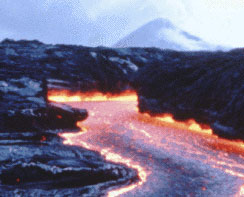
Lava can move in two ways, wide flat lava flows, or through channels which squeeze the lava into a small area. The fastest lava flows move at about 6 mi/hr, an easy jog, but they average between 2/3 and
...more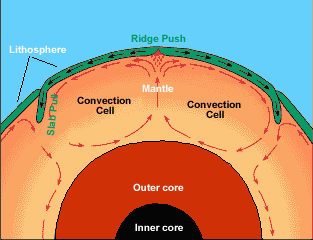
Plates at our planet’s surface move because heat in the Earth’s core causes molten rock in the mantle layer to flow. We used to think the Earth’s plates just surfed on top of the moving mantle, but now
...more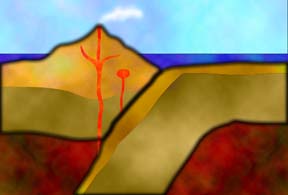
Many kinds of surface features are clues to a sliding lithosphere. Two types of features can form when plates move apart. At ocean ridges, the crust splits apart to make room for molten mantle rock. Continental
...more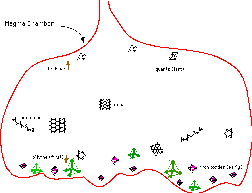
When magma is erupted onto the surface in the form of lava, it becomes silicate rock. With each different eruption of the volcano, lava which comes to the surface is made of slightly different chemicals,
...more


